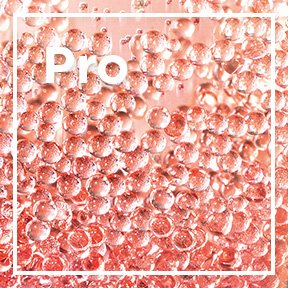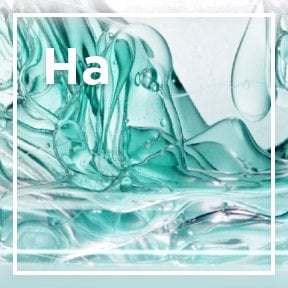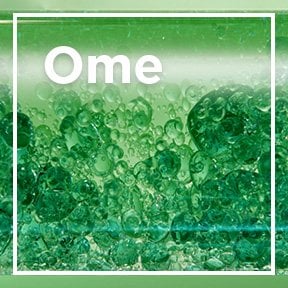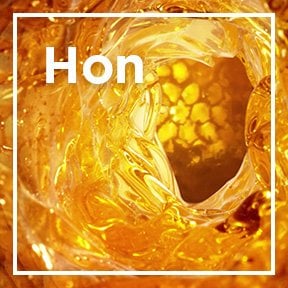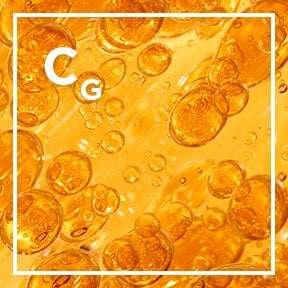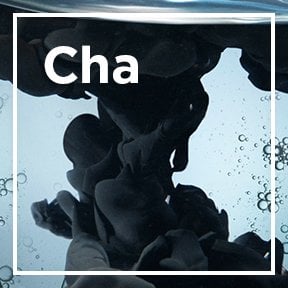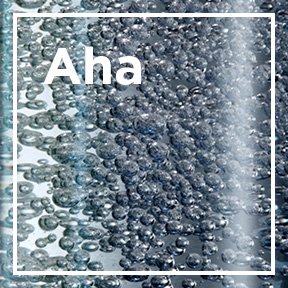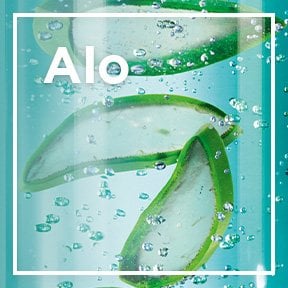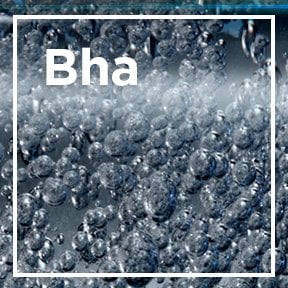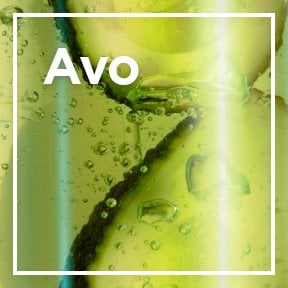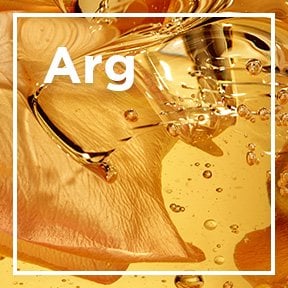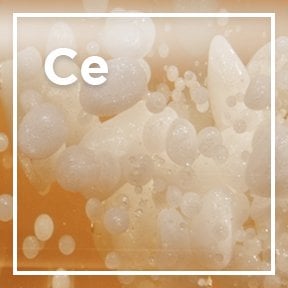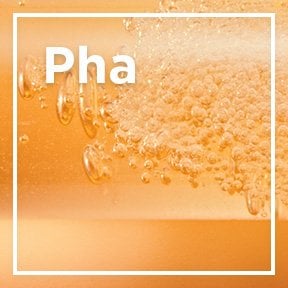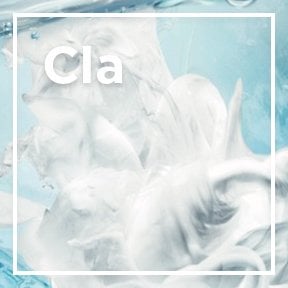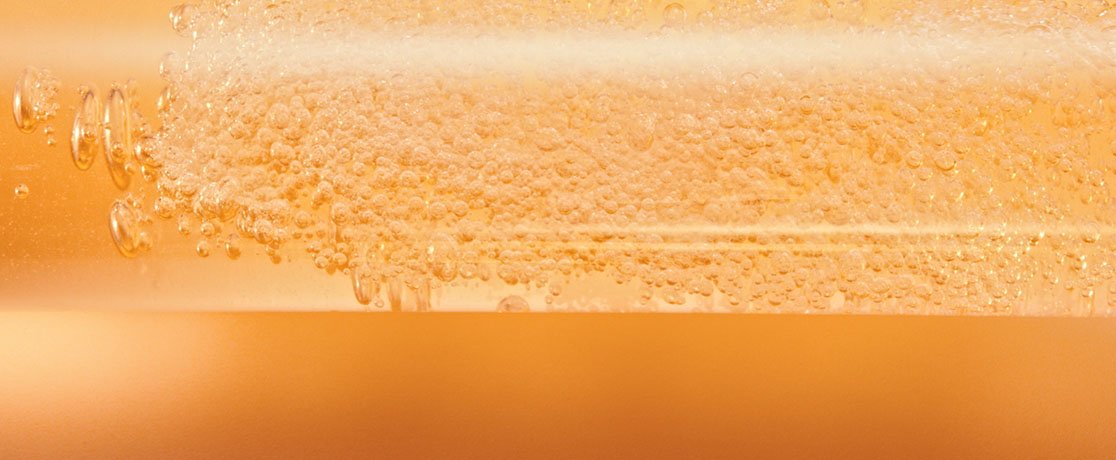
More about PHA Polyhydroxy Acids
The gentle of the bunch, until recently it’s an ingredient that couldn’t be incorporated into many skincare formulas because they were patented by the two doctors who discovered them back in the mid-90s. But now they are free to be used, and that’s exactly why you’re suddenly seeing more and more products that incorporate them. Here, we’ve broken down everything you need to know about PHAs and why they’re such an underrated hero in the skincare sphere.
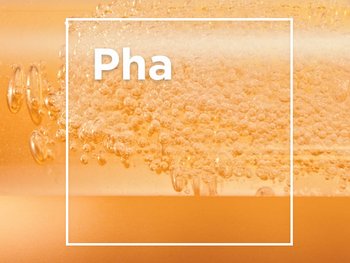
Our products containing PHA Polyhydroxy Acids
Our products containing PHA Polyhydroxy Acids

Olia Olia Permanent Hair Colour - 4.15 Iced Chocolate

Fructis Fructis Coconut Water Conditioner
What are PHAs in skincare?
Technically speaking, PHAs are considered second-generation AHAs, which means they are simply a more advanced version of chemical exfoliant. Gluconolactone is the most common PHA. You can find in our Micellar Gentle Peeling Water. The thing that makes them different to their AHA and BHA counterparts, though, is the molecular structure. PHAs have a large molecular size and so it stays on skin surface – which is where their power lies, while respecting skin barrier.
How do PHAs work?
Although they don’t penetrate as deeply, polyhydroxy acids such as gluconolactone still work in a similar way to both AHAs and BHAs. At Garnier, we use in Micellar Gentle Peeling Water the PHA gluconolactone that exfoliates dead skin cells on the surface of skin, giving it a more even tone and improving its overall texture, minimizing pores. And that’s not quite everything – gluconolactone plays a role on the epidermis barrier, it provides your skin with a gentle exfoliation, while respecting skin barrier. PHAs are true miracle workers with a multitude of benefits.
Are PHAs suitable for sensitive skin types?
Yes! PHAs are a good choice choice for those with sensitive skin, and the reason why comes down the molecule size; as mentioned earlier they have a large molecular structure and so stays on skin surface, while respecting skin barrier.
For example, our Micellar Gentle Peeling Water powered by gluconolactone (PHA) and glycolic acid (AHA) can be used daily on face, eyes and lips, is allergy tested and suitable for sensitive skins, while gently peeling skin and delivering clinically proven efficacy on skin tone and texture.
Discover our many other ingredients
Choose an ingredient on the mosaic or using the search bar

